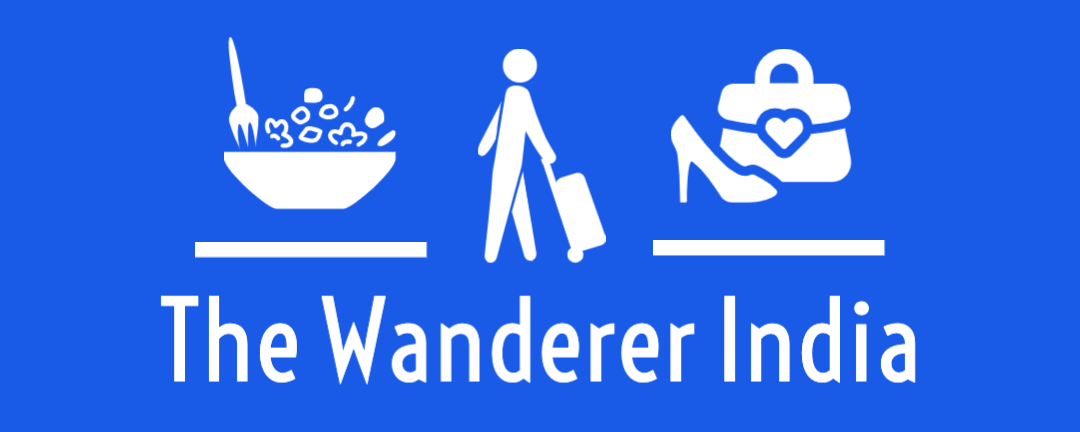In today’s digital-first world, businesses are constantly striving to modernize systems, improve processes, and deliver seamless experiences to customers and employees. One of the most impactful steps an organization can take in this direction is migrating to Microsoft Business Applications—a powerful suite that includes Dynamics 365, Power Platform, and Azure services.
But migration doesn’t have to mean disruption, confusion, or risk. With the right strategy, tools, and partners, it can be a smooth transition that leads to transformative outcomes.
Let’s explore how moving to Microsoft Business Applications can be simplified—and why now is the right time to make the switch.
Why Migrate?
Many organizations are still using legacy systems, on-premises CRMs, or outdated ERP platforms that limit growth, hinder agility, and cost too much to maintain. Microsoft Business Applications offer a cloud-first, AI-powered, and integrated solution designed to support modern enterprises.
Key benefits include:
- Unified data and operations across departments
- Automation and low-code app creation via Power Platform
- Scalable cloud infrastructure with Microsoft Azure
- Built-in analytics and real-time insights
- Enhanced security and compliance
Migrating to this ecosystem isn’t just an upgrade—it’s a strategic investment in future-proofing your business.
The Migration Journey: Step by Step
At Imperium Dynamics, we help organizations of all sizes migrate with minimal risk and maximum value. Here’s what a typical migration process looks like:
- Assessment and Planning
We begin by evaluating your current systems—understanding what’s working, what’s not, and what your business goals are. This step involves:
- Identifying dependencies and integrations
- Reviewing data quality and volume
- Mapping processes to Dynamics 365 and Power Platform
- Establishing a realistic timeline and resource plan
A solid plan ensures that there are no surprises down the road.
- Data Migration
Data is the foundation of your business. Our team ensures it is:
- Cleaned and deduplicated
- Mapped accurately from your legacy system to the Microsoft environment
- Securely transferred using proven tools and methodologies
We also validate and test migrated data to ensure accuracy and integrity—so nothing is lost in transition.
- Customization and Configuration
Your new solution should reflect how your business operates. We:
- Customize Dynamics 365 apps (Sales, Customer Service, Field Service, etc.) to match workflows
- Use Power Apps and Power Automate to build apps and automate processes
- Set up dashboards and KPIs using Power BI for real-time insights.
Our low-code approach ensures that even non-technical users can adapt quickly and manage the system with ease.
- Training and Change Management
Adoption is critical to success. We help your teams get comfortable with the new platform by:
- Delivering hands-on training sessions
- Providing user guides and documentation
- Offering support during the go-live phase
We also create change champions within your organization who can guide others and maintain momentum.
- Go-Live and Optimization
Once everything is configured and tested, we launch in phases or all at once depending on your needs. After go-live, we stay with you to:
- Monitor system performance
- Provide hypercare support
- Fine-tune the solution for better results
Our goal isn’t just to get you live—it’s to ensure long-term value.
Common Migration Scenarios
Some popular migration use cases include:
- Moving from Salesforce to Dynamics 365 Sales
- Switching from legacy ERP (like SAP or QuickBooks) to Dynamics 365 Business Central
- Rebuilding legacy apps using Power Apps
- Shifting from Excel-based reporting to Power
- Migrating on-prem CRM to cloud-based Dynamics 365


